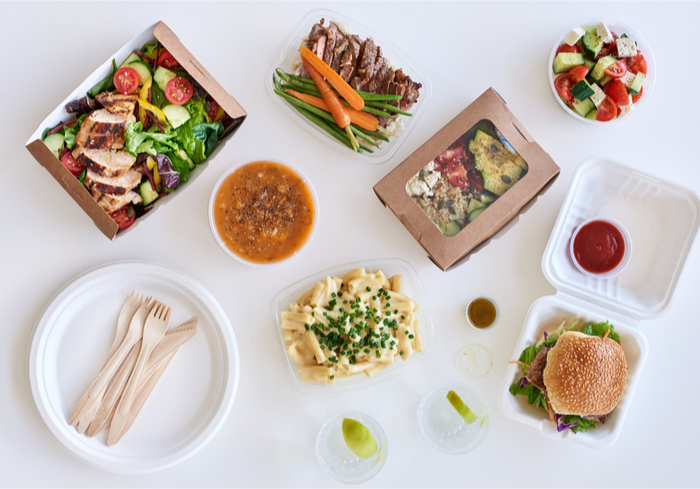How Restaurants Can Tap Into Online Ordering On Their Own Websites

To provide another delivery and pickup ordering option to their customers without using a third-party marketplace, restaurants are creating their own websites. By having customers place online orders, restaurants can save on marketplace commissions and gain better brand visibility. To allow restaurants enjoy these advantages, companies such as Ontray help them design their own websites.
When a restaurant lists on a third-party marketplace, its logo can be displayed as one among thousands of other establishments. With its own website, however, “the entire experience is branded around the restaurant,” Ontray Chief Executive Officer Tyler Wiest told PYMNTS.com in an interview. As a result, the establishment’s brand is featured at every touchpoint throughout the customer’s journey.
In the case of Ontray, it only takes a few minutes for restaurant websites to get up and running. Using the company’s software, restaurants can design a customized menu and create delivery zones. For the website address, restaurants can use their own domain name or a subdomain. When it comes to the ordering process, Wiest said the experience is similar to that of a third-party marketplace.
On the restaurant side, companies like Ontray provide establishments with tablets to use the software, or they can opt to use Android or iOS devices. The restaurant is notified by a “ding” or another noise when a customer places an order.
To help maintain good customer service, the restaurant has 10 minutes to confirm an order or it is canceled – a safety check for cases when the establishment is truly swamped or might have closed early for the day. Before an order is cancelled, Ontray will send three automated phone calls to make sure the restaurant has seen the order. This helps to ensure that the customer receives their food when they expect it. “We’d rather give their customer their money back within 10 minutes and lose that sale rather than have a customer scratching their head wondering where their food is,” Wiest said.
The Business Model
Restaurants can start using Ontray’s platform for free. From then on, the site works on a variable cost model: Ontray takes a percentage of a sale for a commission whenever an order is placed. That fee can be paid by the restaurant or passed onto the customer. Either way, the site doesn’t have to be the only way that restaurants accept online orders.
While Wiest does see food ordering marketplaces as effective marketing tools, he doesn’t see them as the only solution. To that end, he recommends that restaurants use marketplaces to bring in new customers. When a restaurant acquires a customer, they can direct him or her to their own website to avoid paying the fees of third-party marketplaces.
In terms of payments, restaurants can accept both credit cards and cash. From the restaurant’s perspective, establishments are paid through automated clearing house (ACH) transfers on a two-day rolling basis. When it comes to the actual delivery, Ontray does not provide the service: Wiest said it is not a logistics company and has no plans to enter that area.
Instead, Ontray works with local delivery providers and develops relationships with them. When Ontray approaches a restaurant, they can help get them started with a website and delivery provider. In terms of pricing for delivery, restaurants can set those fees using Ontray’s system depending on the customer’s location. For example, restaurants could set a particular four-block radius at a particular charge, while the next few blocks might come at a different cost.
Ontray has also worked directly with small delivery providers. In one case, a delivery provider wanted to offer online ordering and delivery for a small ski town that was untouched by the larger players. By using Ontray’s ordering system, the provider was able to sign up all the restaurants in town and start making the deliveries themselves.
Showing that running websites for restaurants and delivery systems is about more than ordering, Wiest has his eye on expanding the platform to include online marketing emails to help reach even more delivery customers.